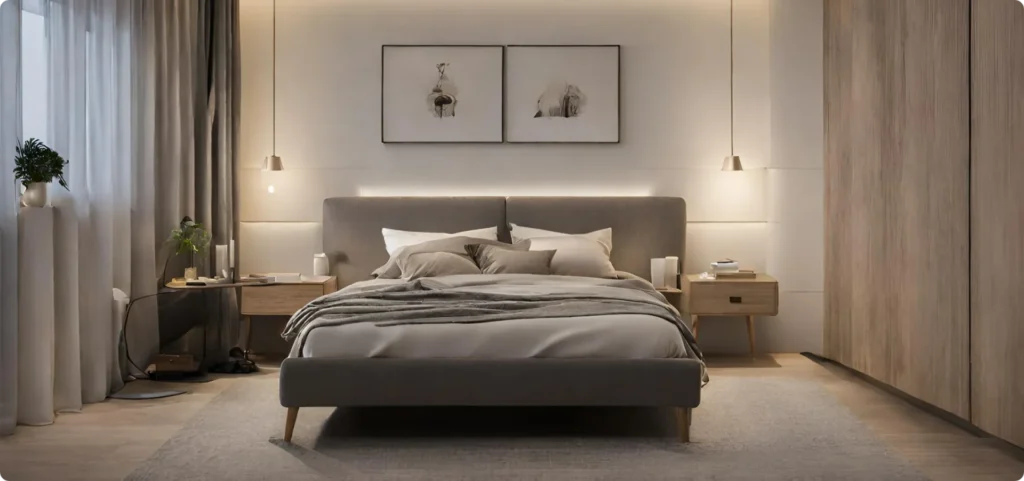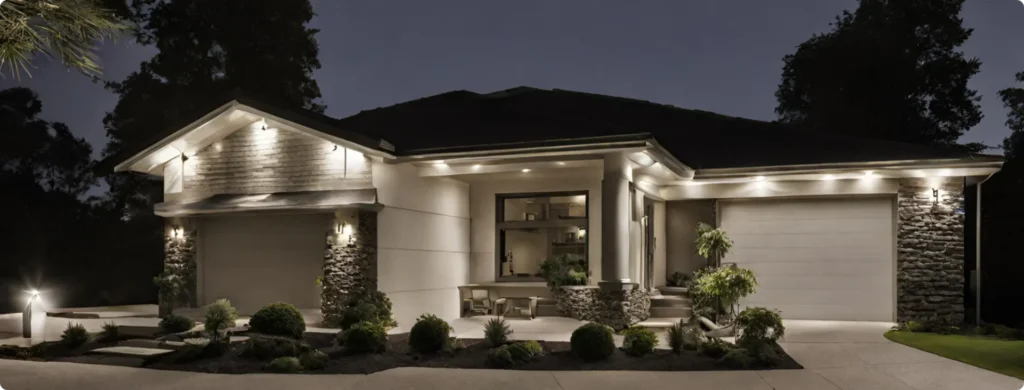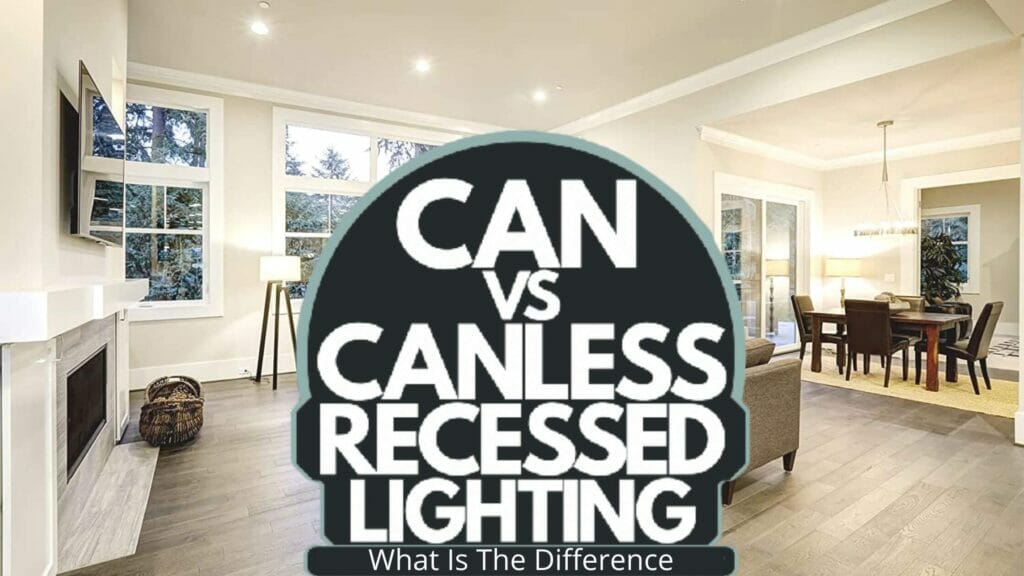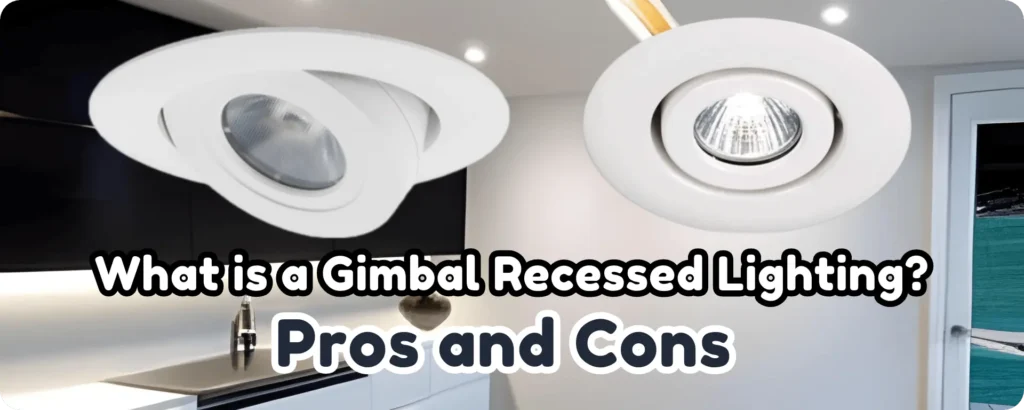

What Lumen Means?
Lumens (symbol: lm) is a standard measure of the brightness of an object or light. They also provide a way to express the output of lighting devices and lamps. Lumens (abbreviated as lm) is a unit of luminance or illuminant intensity, the usual SI unit for brightness being 10 candelas per square meter (cd/m2).
How Bright is 500 lumens LED Light?
The 500 lumens is generally considered moderately bright yet it cannot illuminate vast spaces nor can it be used for task illumination when engaging in detailed activities. Here’s a breakdown to help you better understand how bright it is:
Suitable for:
Creating Ambient Lighting:
- Small rooms like hallways, bathrooms, or little bedrooms benefit from the ambient glow provided by 500 lumens.
General Illumination for Watching TV/Movies:
- In a living room setting, using 500 lumens for general illumination while watching television or movies can be effective enough but might require additional task lighting to read subtitles or pick out details in dark scenes.
Is 500 lumens bright enough for Bedroom?


The suitability of 500 lumens for a bedroom depends on several factors, including:
Room Size:
If your bedroom is tiny, then having around 500 bright units is okay but if it’s larger you may need more brighter units to light up the space well.
How Bright You Want It:
Some people prefer their bedrooms to be brightly lit especially when they want to read and work. On the other hand, others prefer soft lights while chilling and sleeping.
Extra Light for Tasks:
If you were planning on reading books or applying cosmetics inside your bedroom then this would require extra illuminated areas even when there are already about five hundred bright units that give light throughout the room.
How to Measure Lumens?


Knowing how bright a light source is important and this can be quantified by its recognized lumens. if you are going to get the right brightness for your place, knowing how to measure lumens is crucial.
1. Decoding the Manufacturer’s Information
The easiest way to determine lumens is to read through the packaging or product information provided by the manufacturer. These contain technical specifications of the light source and prominently displayed lumens output.
2. Illuminating the Path with Lux Meters
While measuring lumen may prove difficult, Lux meters offer another way out. They gauge illuminance which pertains to the amount of light falling onto a surface per unit area. Although lux cannot be directly converted into lumens itself in certain cases it could be done so under specific circumstances.
Steps to Estimate Lumens Using a Lux Meter:
- Measure the Distance: Begin by measuring the distance between the light source and the lux meter sensor in meters (m).
- Activate the Light Source: Turn on the light source and hold the lux meter sensor directly facing it, ensuring a perpendicular alignment.
- Record Lux Reading: Take note of the lux reading from the meter.
- Calculate Lumens: Multiply the lux reading by the surface area of the sphere formed by the measured distance (4πr²) in square meters (m²).
Note: It should however be brought into focus that this method assumes uniform emission of light in all directions like standard incandescent bulbs and thus may not work well for directional lights like spotlights or select LED bulbs.
Important Considerations
Let it be known that the use of a lux meter for lumen estimation is not an exact science. Several factors determine its accuracy, including the type of light source used; the distance between the source and the meter; and the calibration of such meters.
Is 500 lumens bright enough for a security light?


No, 500 lumens is generally not bright enough for a security light, especially for larger areas. Here’s why:
- Security lights aim to deter potential intruders and illuminate potential entry points. They need to be bright enough to provide clear visibility and discourage trespassers.
- 500 lumens is considered moderately bright, comparable to a few lit candles or two 40-watt incandescent bulbs.
- This might be adequate for small entryways or walkways, but not for larger properties or areas requiring good visibility.
A general guideline for security light lumens:
- Small areas (porches, walkways): 700-1000 lumens
- Medium areas (driveways, backyards): 1000-1500 lumens
- Large areas (properties with significant perimeter): 1500 lumens or more
Final Words
Measuring lumens involves navigating through a landscape of methods, each with its strengths and limitations. While lux meters offer an alternative path, the tried-and-true reliance on manufacturer-provided information remains unmatched in accuracy. Whether you’re an avid lighting designer or a casual user, understanding both approaches equips you with the tools to make informed decisions about the brightness of your light sources.







Pingback: Are LED Recessed Lights Dimmable? Comprehensive Guide